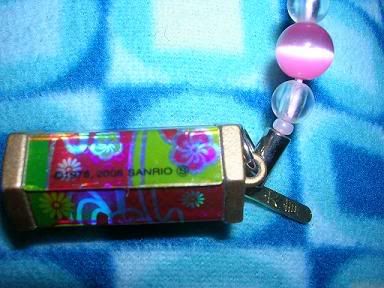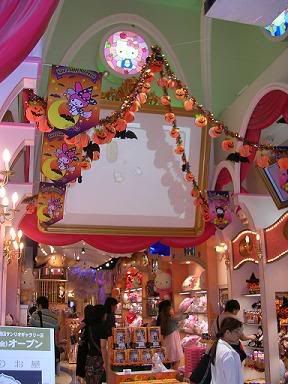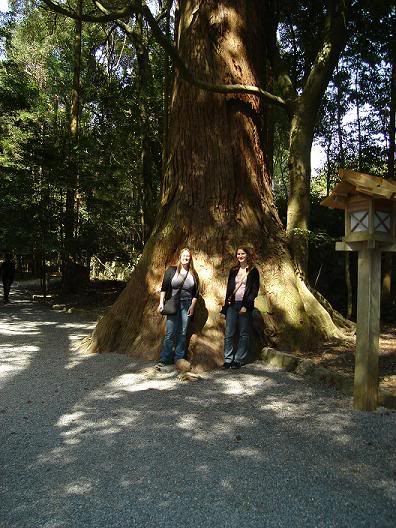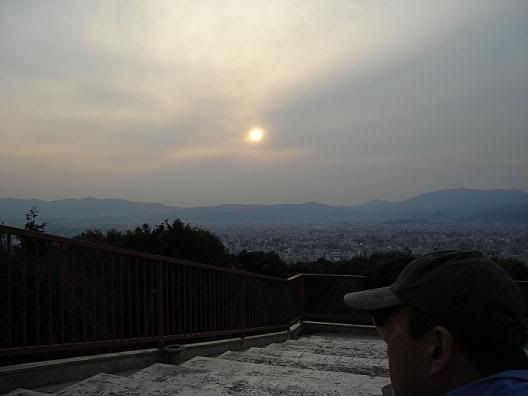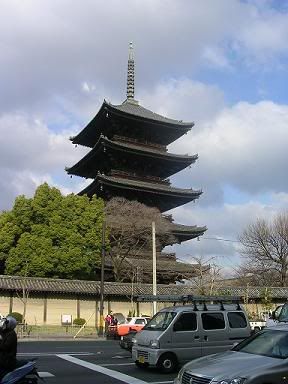
Toji Temple at 7:30 in the morning, as seen from the outside. The area was relatively peaceful when I arrived, but I have no other pictures to show for my outing because shortly after entry I’d already bought a wooden box and a birthday present for a friend. Not that it would have mattered because the place was soon so packed with people that you could hardly stand still for two seconds without someone bumping into you…
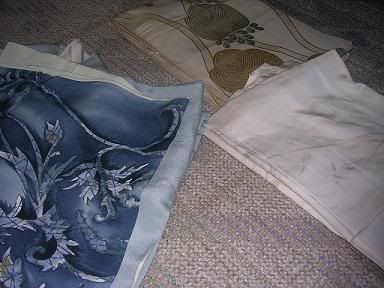
This is my prized buy of the day and why I recommend that you go to Toji temple. For the set (kimono, haori, obi, and obi-jime), I paid 4,000 yen. But that brings me to my “traditional culture” topic, so we’ll end my experience here and start talking about something a little more anthropological...
Kimono are (of course) the traditional Japanese clothing. Kimono are best seen in Kyoto or in large train stations along the Keihan line. They come in many different forms, patterns, and colors, but no matter what kind of kimono you are wearing, you should never, ever wear your kimono right side over left. Always wear it left over right. Reason? The only time that a kimono is put on with the right side over the left is when dressing a corpse. Thus, to dress that way conveys death.
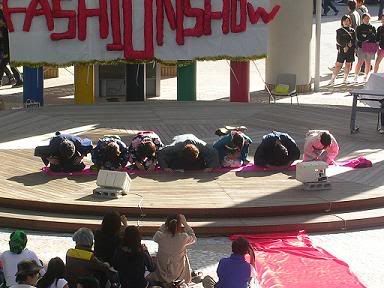
All of these are types of kimono, though I'm aware you can't see them very well, but this is the only photo I have that does not show the individual's faces clearly. The photo was taken at the international festival last semester. From left to right, the first three are yukata, which is the more casual form of kimono which is usually made of a light-weight material to be worn on casual outings. You generally see these in the summer. The next two are kimono that are usually worn by young men and women, in particular those who are not yet married. For the girl’s kimono, you can tell that it is this type because the sleeves are almost as long as the kimono itself and it is also brightly colored. The last two are a style of formal kimono generally worn to parties and (in the girl‘s case) by older or married women. My kimono is of this third style.
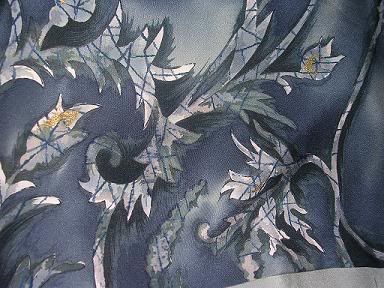
Though the fanciest of kimono are usually made with silk, there is no specific fabric that all kimono are made of. Like I said earlier, yukata are generally made of light, sturdy, breathable fabric (i.e. cotton). I’m not sure what fabric my particular kimono is made of, but at such a cheap price, I’m positive it wasn’t silk. Kimono fabric are generally decorated in patterns that vary from incredibly simple, such as a geometric pattern with little variation in color, to incredibly intricate, such as a pattern that depicts an elaborate scene. Naturally, the more elaborate and colorful the pattern, the more expensive the kimono will usually be.
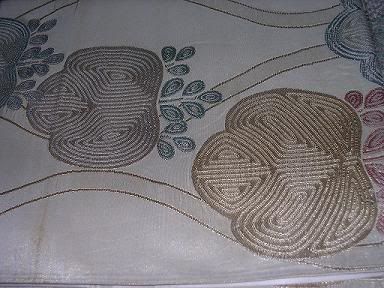
In modern fashion, the kimono has made a reappearance. In Japan, this new kimono fashion usually looks just like the traditional version (example: kimono seen in Kyoto) and the only modern thing about it is the date in which the kimono was made. But in fashion centers in the west, the kimono is taking new forms. Any shirt that has two panels on the front that cross is now considered “asian inspired,” though the panels may be crossed the wrong way, the neckline is usually lower than the traditional kimono, and the shirt bears little other resemblance to what inspired it. Though these are not “kimono,” they are worth note because they are indeed inspired on the traditional Japanese garment and are bought by westerners as something different, exotic, and perhaps even “oriental.” They re-enforce the West’s stereotypes of the East, and though the stereotypes might seem as harmless as how people dress, they are still shaping how we think…



